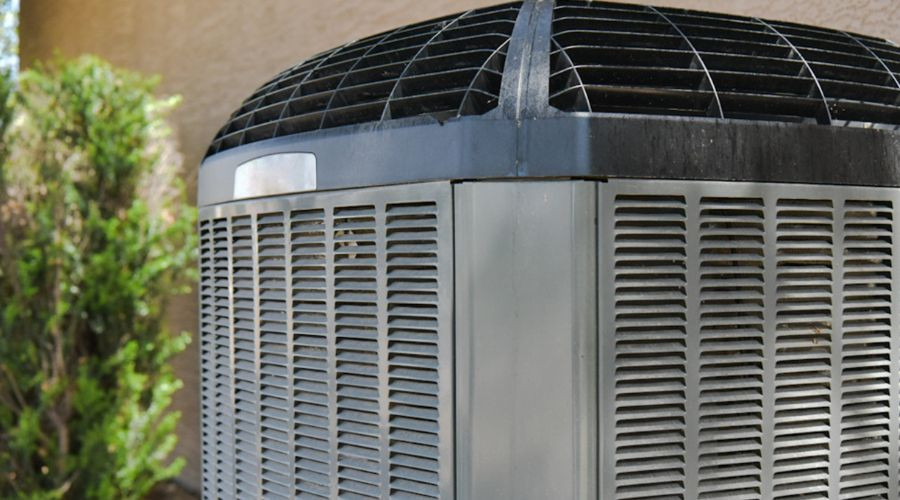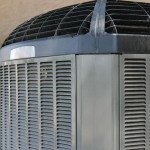How to Know When AC Replacement May Be Needed
Frequent breakdowns, rising energy bills, and inconsistent cooling performance often indicate a deeper issue with an aging air conditioning system. Recognizing the signs early can help avoid costly repairs and sudden failures. This guide outlines the key indicators that suggest it's time for an AC replacement upgrade and insights backed by local HVAC specialists to help make confident, cost-effective decisions.
Old Age
 The age of an air conditioning system is one of the most reliable indicators that replacement may be necessary. Most residential AC units have a lifespan of 10 to 20 years, depending on usage and maintenance history. Replacement becomes a practical consideration once a system surpasses the decade mark and shows signs of reduced performance.
The age of an air conditioning system is one of the most reliable indicators that replacement may be necessary. Most residential AC units have a lifespan of 10 to 20 years, depending on usage and maintenance history. Replacement becomes a practical consideration once a system surpasses the decade mark and shows signs of reduced performance.
Even with regular AC maintenance, older units experience a natural decline in efficiency. Meanwhile, HVAC technology continues to evolve, with modern systems offering significantly improved energy performance and environmental compatibility. Aging units are less efficient and may rely on outdated refrigerants that are being phased out, making repairs more expensive and harder to source.
When a system older than 12 years requires multiple major repairs quickly, continued investment in temporary fixes often outweighs the replacement cost. According to Energy Star, upgrading a 15-year-old system to a new, high-efficiency unit can lower cooling costs by 20–40%. In such cases, the return on investment from a new system becomes clear.
Frequent Repairs
 Repeated breakdowns and frequent service calls are strong indicators that an air conditioner is nearing the end of its functional life. As systems age, the frequency and cost of repairs increase, creating financial and operational challenges.
Repeated breakdowns and frequent service calls are strong indicators that an air conditioner is nearing the end of its functional life. As systems age, the frequency and cost of repairs increase, creating financial and operational challenges.
When service visits become routine, the cumulative expense and the inconvenience of ongoing disruptions often signal that replacement is the smarter choice. Industry guidance recommends considering replacement when the repair cost exceeds 50% of the price of a new unit.
Beyond repair costs, efficiency losses also drive up utility expenses. Each fix may restore temporary functionality, but aging components continue to underperform compared to newer, high-efficiency models. The Department of Energy notes that upgraded systems can reduce energy consumption significantly, resulting in substantial savings over time. Investing in a modern unit eliminates recurring repair costs while improving overall performance and comfort.
High Energy Bills
Unexpected increases in energy bills, especially during peak cooling seasons, often point to a struggling air conditioner. When usage patterns remain consistent but utility costs climb, the system is likely operating inefficiently and drawing more power to deliver the same results.
This inefficiency is commonly seen in systems 10 to 15 years old. Mechanical wear, outdated technology, and reduced refrigerant levels contribute to poor energy performance. Even with proactive maintenance, performance continues to decline as the system ages.
Energy Star reports that replacing a decade-old air conditioner with an energy-efficient model can cut cooling expenses by up to 40%. Modern systems use advanced compressors, environmentally friendly refrigerants, and smart thermostats to deliver superior comfort at lower operational costs. In many cases, the energy savings alone can recover the installation cost within just a few years.
About Barker Heating & Cooling
Since 1998, Barker Heating & Cooling has proudly served Livermore and the surrounding Tri-Valley communities with trusted, high-quality HVAC solutions. As a family-owned and operated business, the company is committed to delivering expert repairs, installations, and maintenance with upfront pricing, same-day availability, and a personal touch. The Barker Personal Guarantee backs each service—no gimmicks, no mess, just reliable comfort and peace of mind. Call them today for expert air conditioner replacement in Livermore and the Tri-Valley!

















